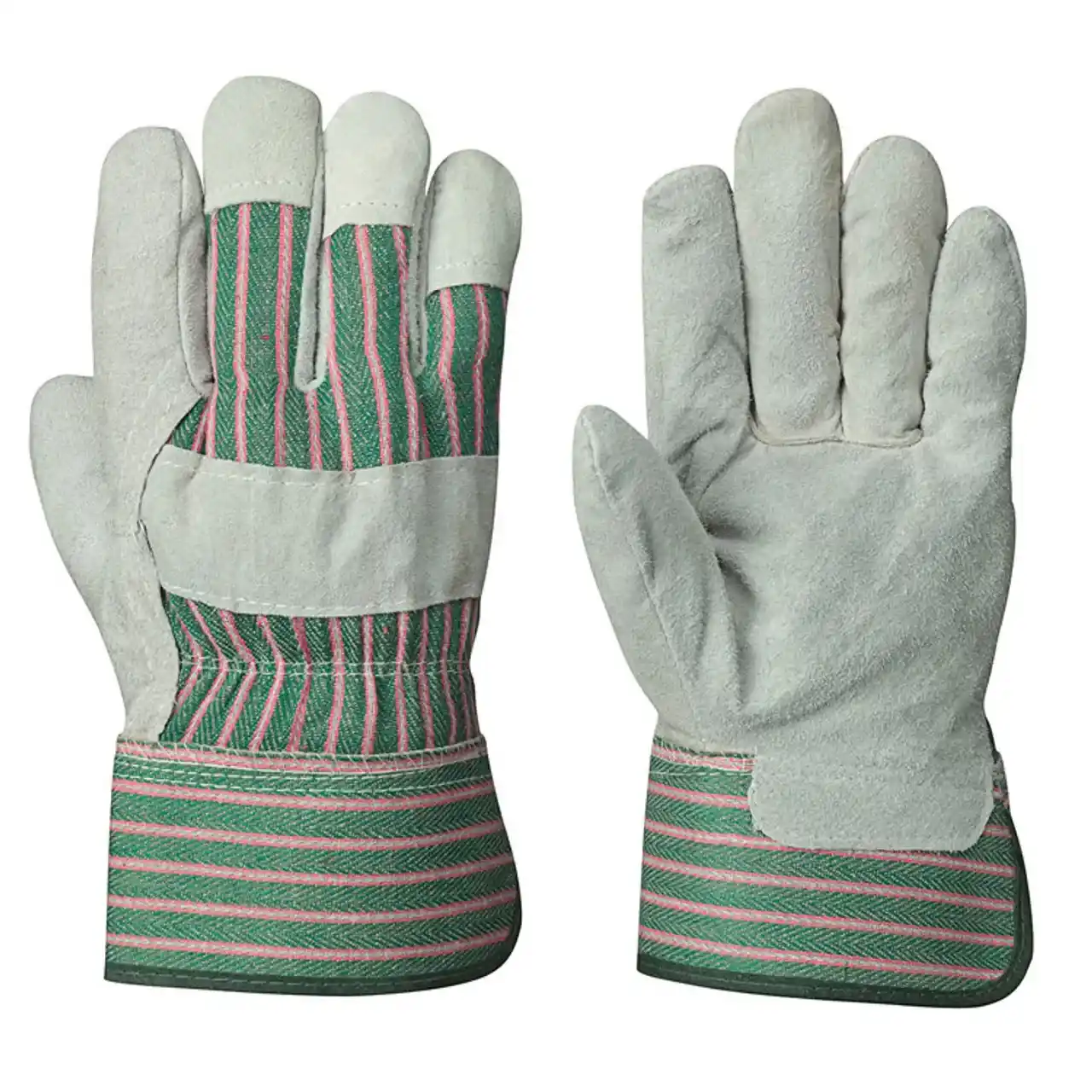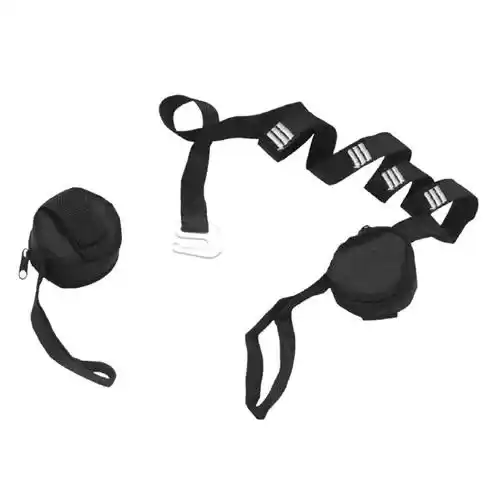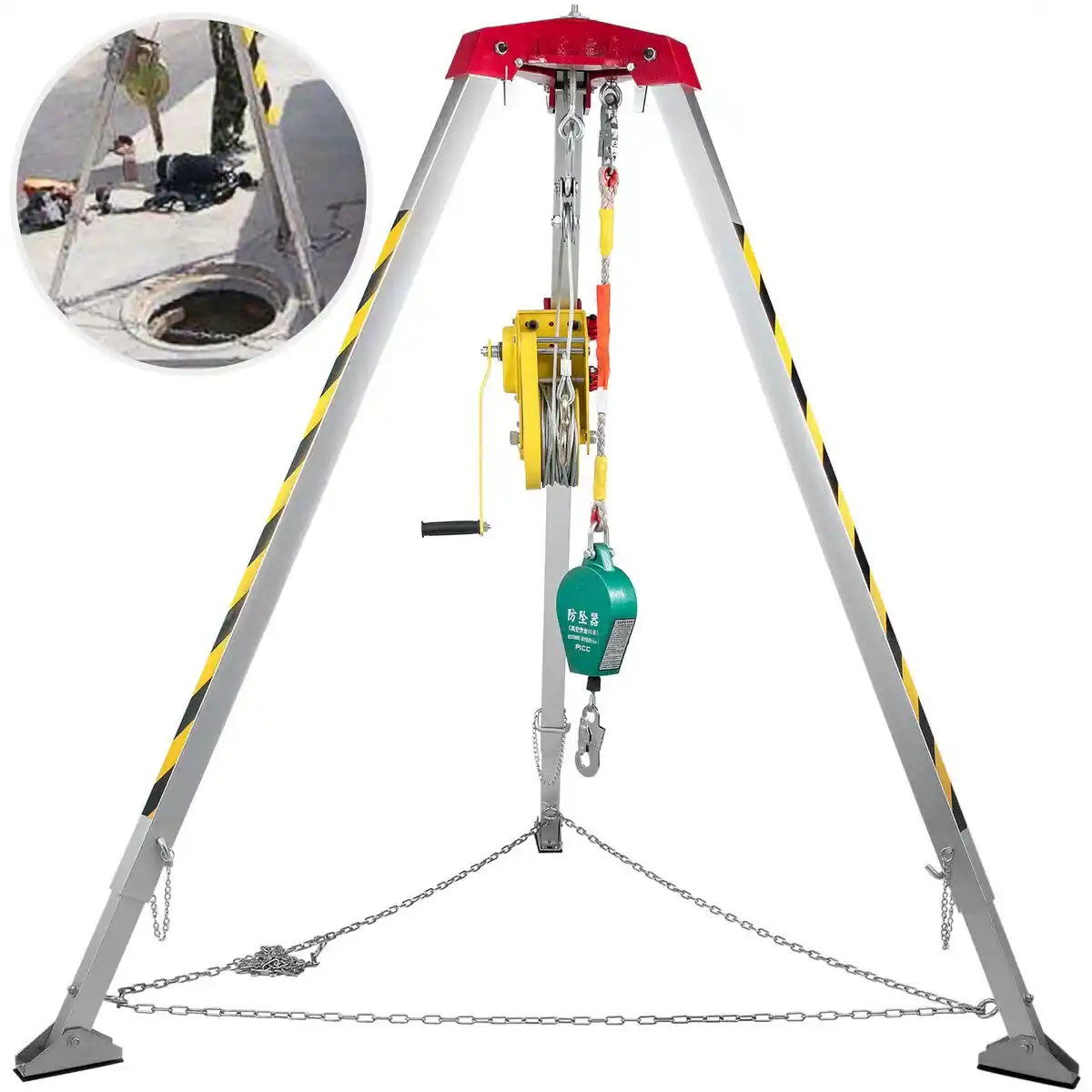Safety Gloves are a type of personal protective equipment (PPE) designed to protect the hands from various hazards in environments such as construction sites, laboratories, factories, or during outdoor work. These gloves are essential for preventing injuries caused by sharp objects, chemicals, extreme temperatures, electrical hazards, and other potential dangers. They come in various materials, designs, and specifications to meet the demands of different industries.
Safety-gloves
- Details
- Additional Details
-
-
Material:
- Leather: Offers durability and resistance to abrasion, commonly used in construction, welding, and heavy-duty tasks.
- Rubber/Neoprene: Ideal for chemical and liquid protection, providing a waterproof barrier and resistance to chemicals.
- Nitrile: A synthetic material that is resistant to punctures, abrasions, and chemicals. It is commonly used in medical and industrial settings.
- Latex: Offers flexibility and a high level of tactile sensitivity. Latex gloves are often used in medical environments, but some people may have latex allergies.
- Kevlar: A high-strength synthetic fiber used in gloves that need to withstand cuts and abrasions, often used in manufacturing and handling sharp objects.
- Cotton/Polyester: Lightweight materials used in gloves that provide basic protection, often used in assembly or light tasks.
-
Cuff:
- The cuff of safety gloves is designed to provide a secure fit around the wrist. Some gloves feature extended cuffs for additional forearm protection, especially in environments with chemical risks.
- Elastic cuffs: Provide a snug fit to prevent dirt and debris from entering the glove.
- Wrist closure: Some gloves have Velcro or strap closures to ensure a secure fit.
-
Reinforcements:
- Many safety gloves feature reinforced areas in high-wear zones such as the palms, fingers, or knuckles. These reinforcements are often made of stronger materials such as leather, rubber, or polyurethane to improve the glove’s durability and resistance to abrasion.
-
Lining:
- Gloves can be lined with different materials to provide additional comfort or protection. For example, thermal linings are used in cold environments to provide insulation, while moisture-wicking linings are used in warmer environments to keep the hands dry.
-
Grip:
- The palm and fingers of many safety gloves have textured surfaces to improve grip. These textures may be made of rubber, silicone, or other materials and are designed to provide a firm hold on tools, equipment, or objects in wet, oily, or slippery conditions.
-
Touch Sensitivity:
- Some safety gloves are designed to offer high levels of tactile sensitivity, which allows the wearer to handle small or delicate objects. These gloves are typically thinner and may be made of materials like latex or nitrile.
Key Components:
-
-
Benefits:
Protection from Injury: Safety gloves protect the hands from various hazards such as cuts, abrasions, burns, and chemical exposure.
Comfort: Gloves designed with breathable, moisture-wicking materials ensure comfort during prolonged use, while ergonomic designs reduce hand fatigue.
Improved Grip: Textured surfaces enhance the wearer’s ability to hold onto tools, materials, and equipment, even in slippery conditions.
Durability: Gloves made from high-quality materials provide long-lasting protection, ensuring that workers can handle tasks without frequent replacements.
Versatility: Available in a wide range of materials and designs, safety gloves can be tailored to suit the specific needs of various industries, tasks, and hazards.







